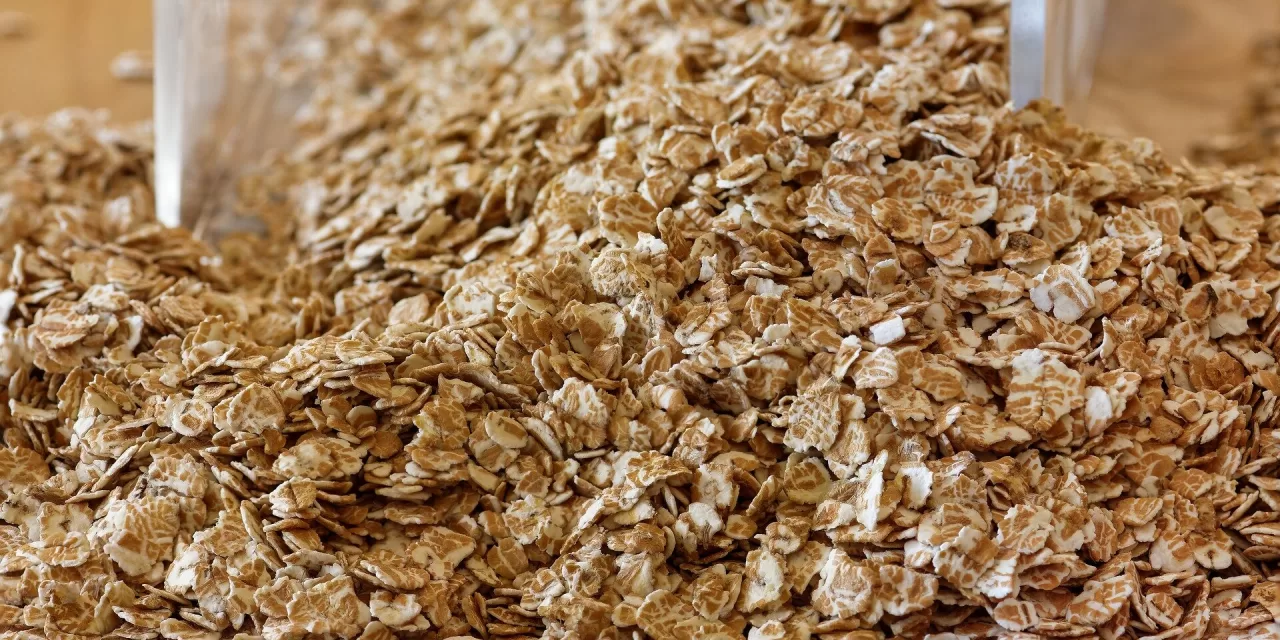A groundbreaking study has revealed that listing lower-calorie meal choices first on restaurant menus and reducing the availability of high-calorie options can significantly influence teenagers to opt for healthier meals. The research, conducted by the University of Birmingham and Aston University, was published in the journal Appetite and highlights a potential strategy to combat rising childhood obesity rates.
The Growing Concern of Childhood Obesity
Childhood obesity has been steadily increasing over the years, with governmental pledges to curb the issue falling short. With one-fifth of children consuming meals at restaurants at least once a week, dining establishments serve as a crucial environment for shaping young people’s eating habits.
Study Methodology and Findings
The study, led by Dr. Katie Edwards, Research Fellow in Psychology, sought to examine how menu design impacts adolescent food choices. A total of 432 teenagers aged 13–17 participated in an online experiment where they were presented with different restaurant menus containing five starters, ten main courses, and five desserts.
The researchers created four variations of menus: one with fewer high-calorie options, one where items were positioned from lowest to highest calorie count, one combining both interventions, and a typical menu without modifications. Participants were then asked to select a starter, main course, and dessert from each menu.
The results were striking:
- Ordering menu items from least to highest calorie content reduced the average meal calorie intake from 2099.78 to 1992.13 kcal.
- Reducing high-calorie options lowered the average meal calories from 2134.26 to 1956.18 kcal.
- The combined intervention saw the most significant impact, bringing the average meal calorie value down from 2173.60 to 1884.44 kcal.
Impact on Different Meal Categories
The research indicated that main course selections were most influenced by the positioning intervention, with average calorie intake dropping from 1104.17 kcal to 1045.16 kcal. Meanwhile, the availability intervention had the most effect on starter choices. However, neither intervention had a significant impact on dessert selections.
Expert Insights and Future Directions
Dr. Edwards emphasized the importance of adolescence as a critical period for dietary intervention, stating, “Adolescents are becoming more independent in making food choices, and restaurants provide a key setting for encouraging healthier decisions.”
Dr. James Reynolds, Senior Lecturer in Psychology at Aston University, highlighted the potential for real-world applications of these findings: “Many restaurants already display calorie counts on menus, but our research suggests that simply repositioning menu items or limiting high-calorie choices could be an effective strategy in tackling obesity among young people.”
The study paves the way for further research, with the next step being real-world trials in restaurant settings to validate the impact of menu modifications.
Disclaimer: This article is based on research findings and does not constitute medical or nutritional advice. Readers should consult a qualified health professional for personalized dietary recommendations.











